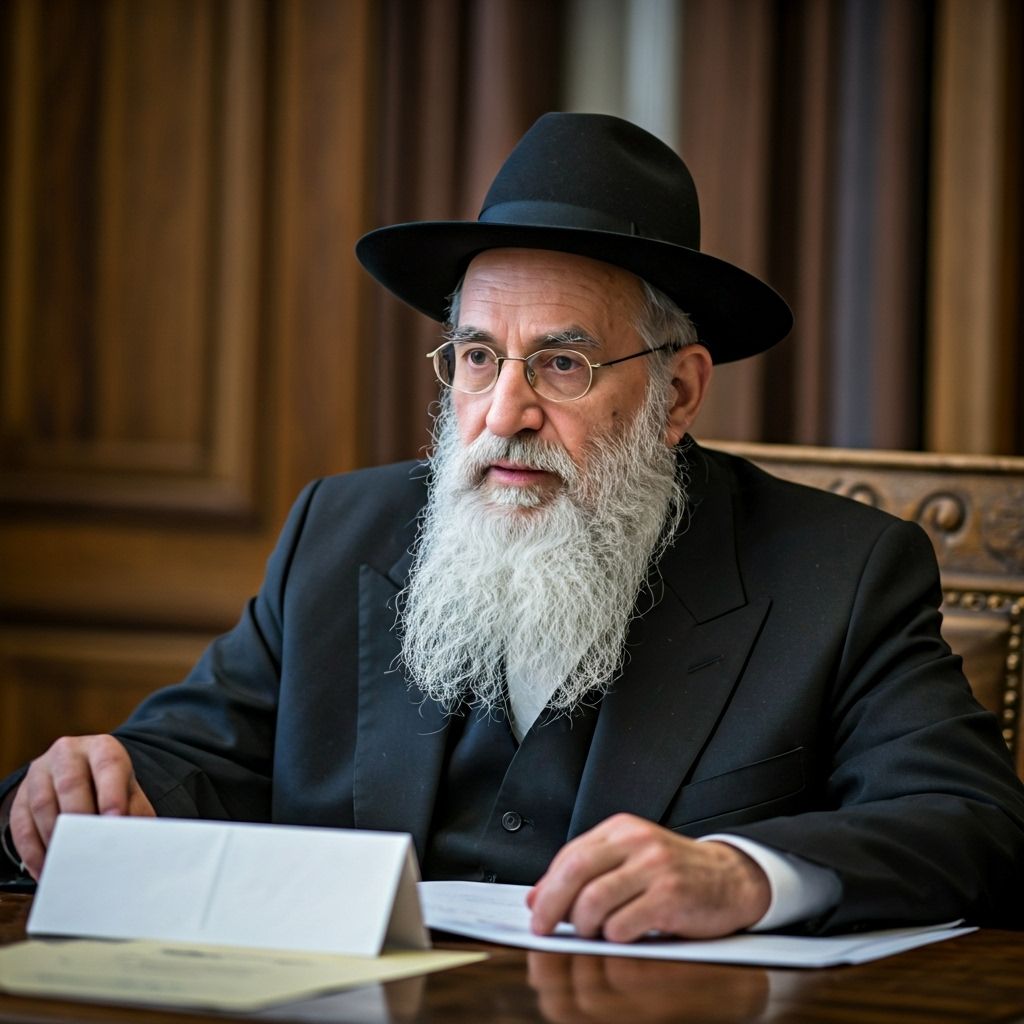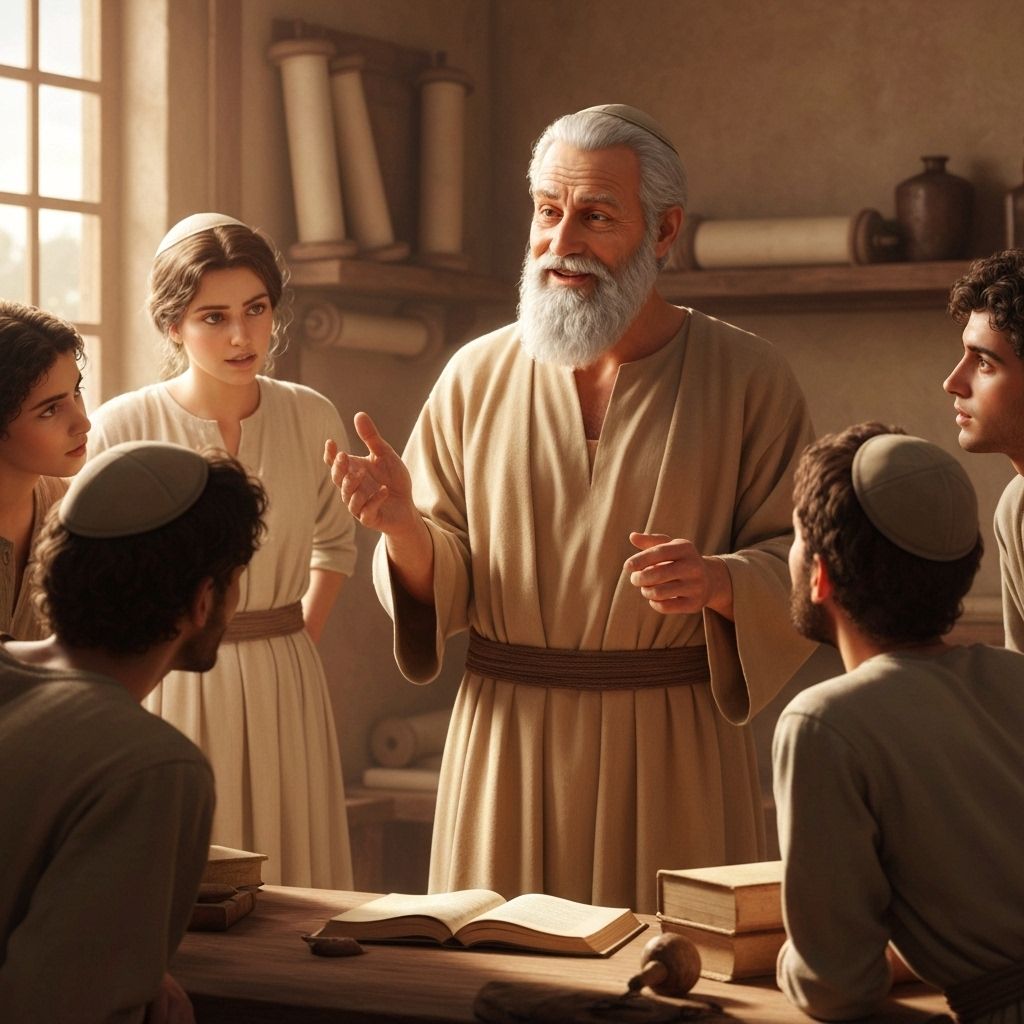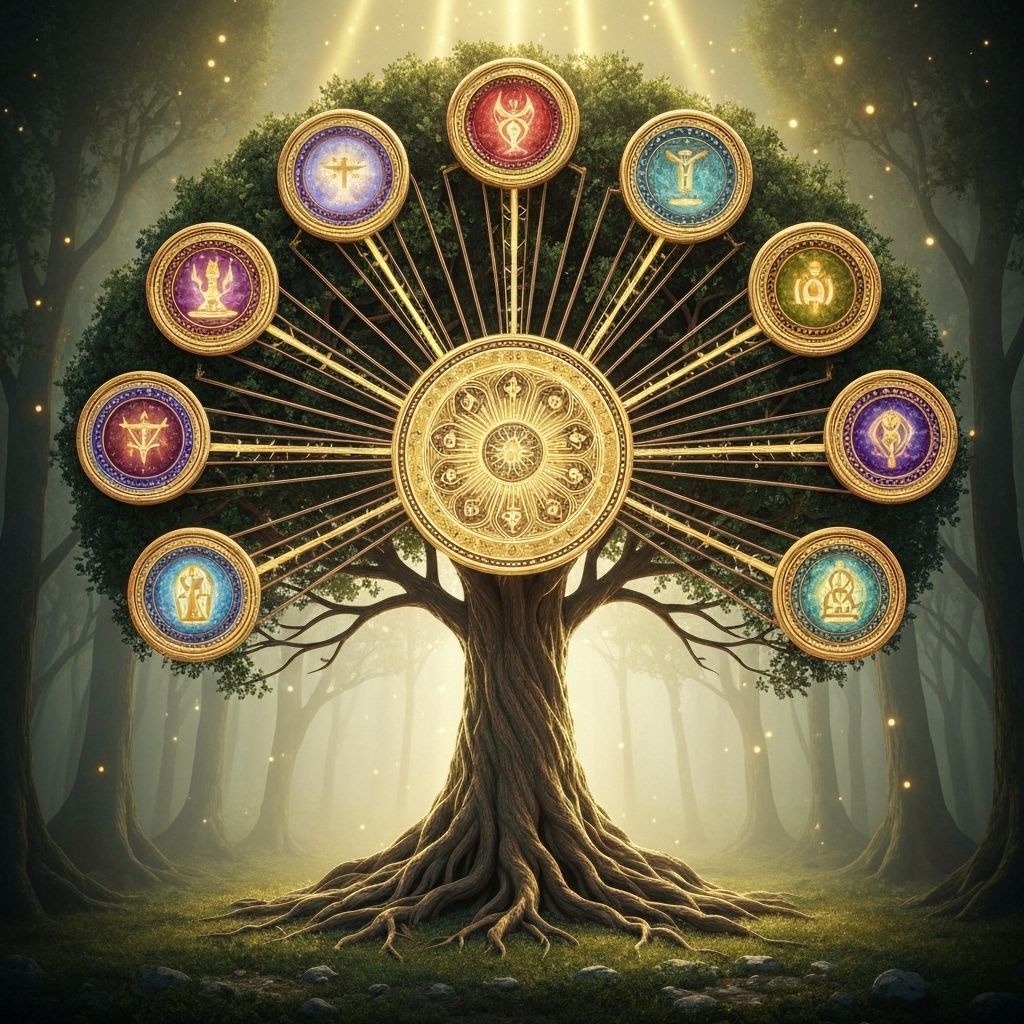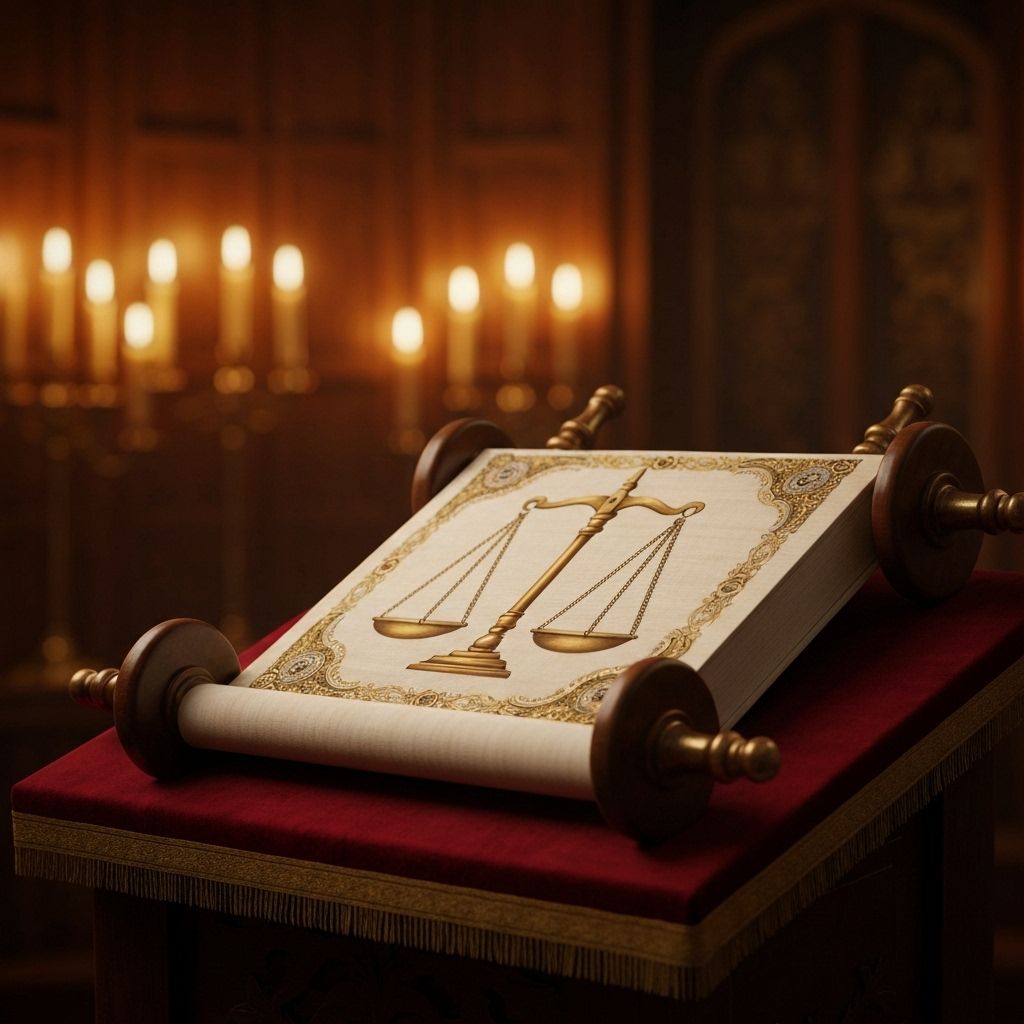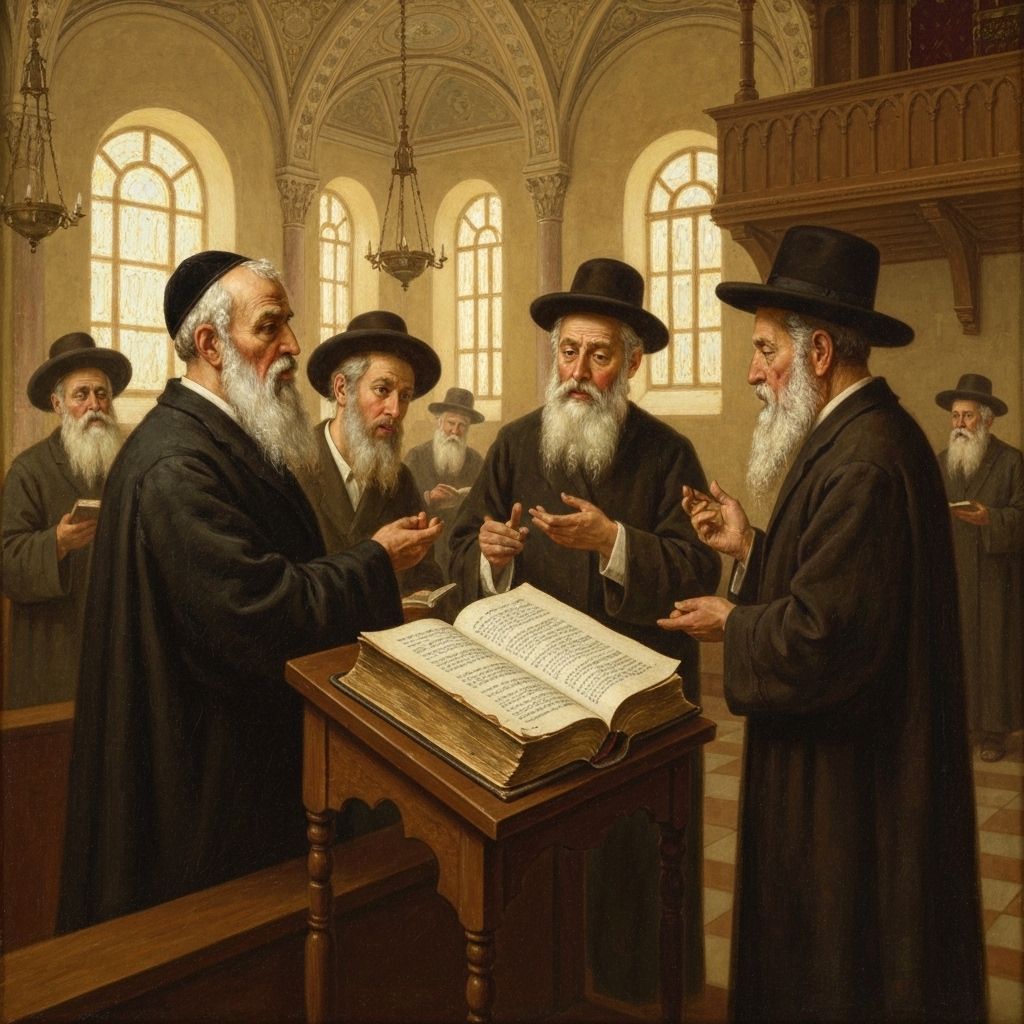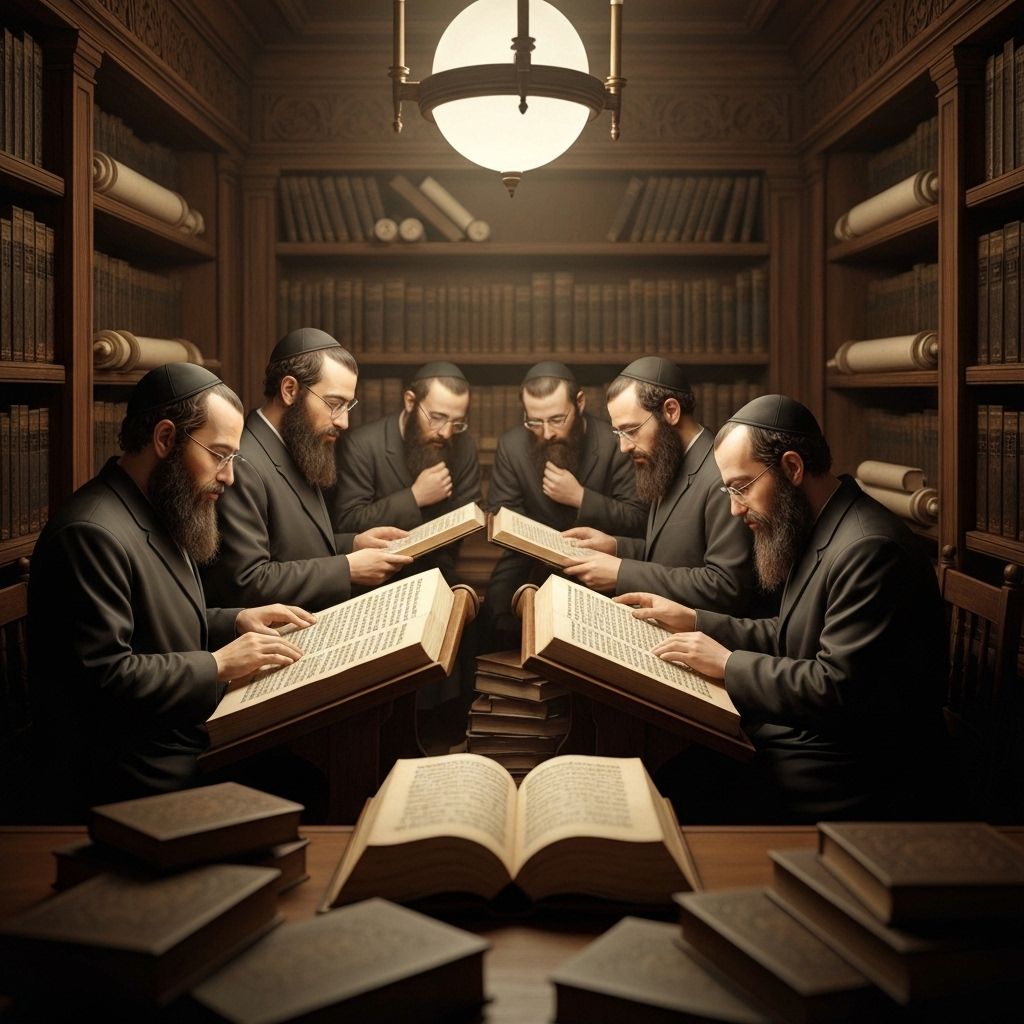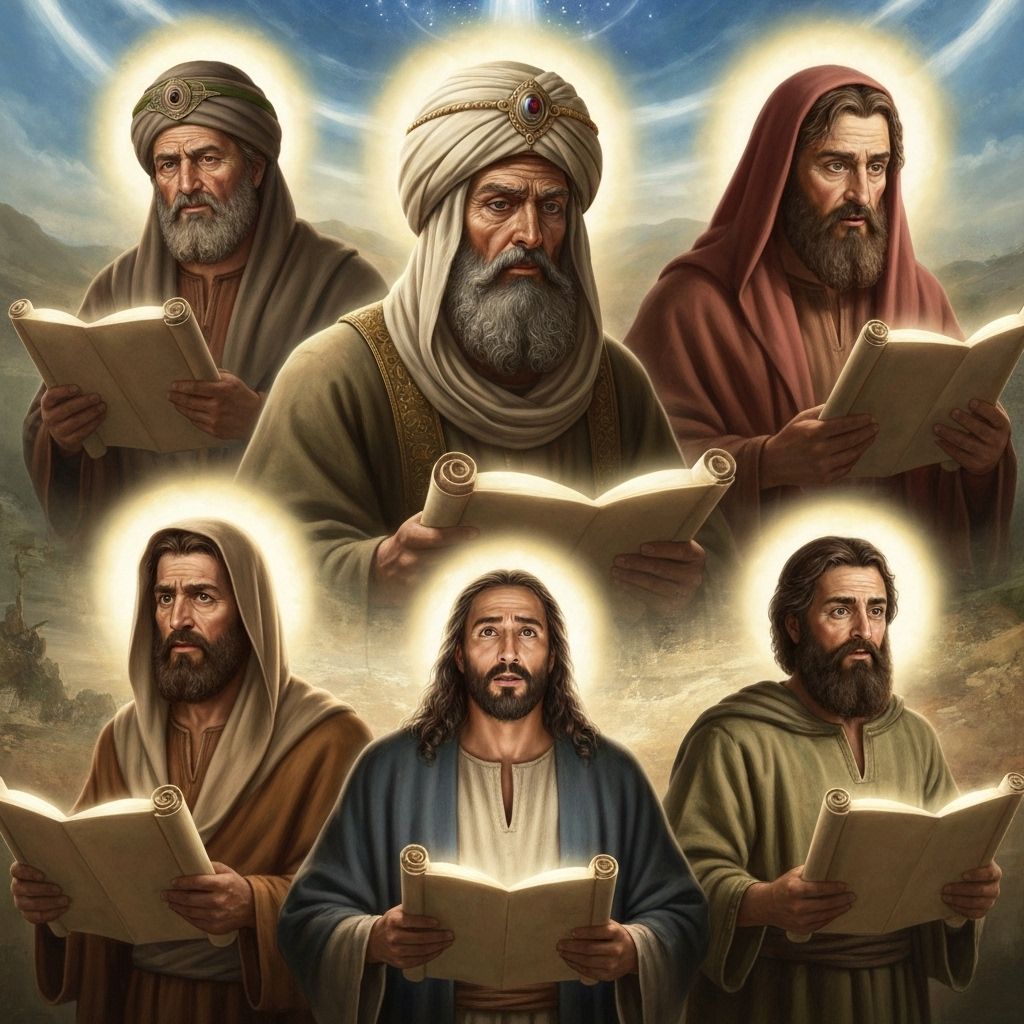3-Minute Summary
The Words of the Torah Explained with Help from Rashi and Ramban
Rashi (1040-1105) was a medieval French rabbi whose commentary on the Torah and Talmud is considered essential reading. His explanations focus on the plain meaning of the text and are known for their clarity and accessibility.
Ramban (1194-1270) was a Spanish rabbi, physician, and philosopher who provided deeper mystical and philosophical insights into the Torah, often building upon Rashi's work while adding his own profound interpretations.
Parsha Balak tells the story of King Balak of Moab, who fears the approaching Israelites and hires Balaam, a renowned prophet-for-hire, to curse them. Despite multiple attempts and sacrifices, Balaam finds himself blessing Israel instead of cursing them, recognizing God's protection and Israel's unique status.
The parsha contains the famous incident where Balaam's donkey speaks to him, seeing the angel of God that Balaam cannot see. This teaches about divine intervention and the importance of being open to wisdom from unexpected sources, even animals.
Balaam's blessings contain profound insights about Israel's relationship with God, their security, and their unique destiny among the nations. Despite being a non-Israelite prophet, Balaam becomes one of the greatest praisers of Israel in the Torah.
The parsha concludes with Israel's war against Midian, fulfilling God's command to punish them for their role in corrupting the Israelites.

